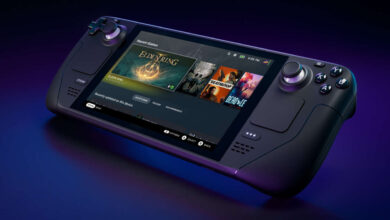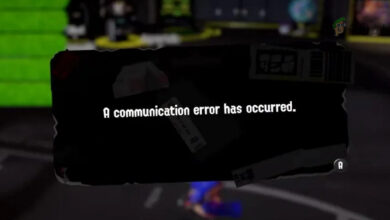How to Fix a Nintendo Switch Dock That Won’t Work?
The Nintendo Switch Dock is a docking station equipped with electrical connectors that enable the Nintendo Switch to charge and connect to a television via an HDMI cable. The Dock also features additional ports, including one USB 3.0 and two USB 2.0 ports. When the Nintendo Switch is docked, it affords players the ability to enjoy gameplay at a maximum frame rate of 60 fps and a 1080p resolution.
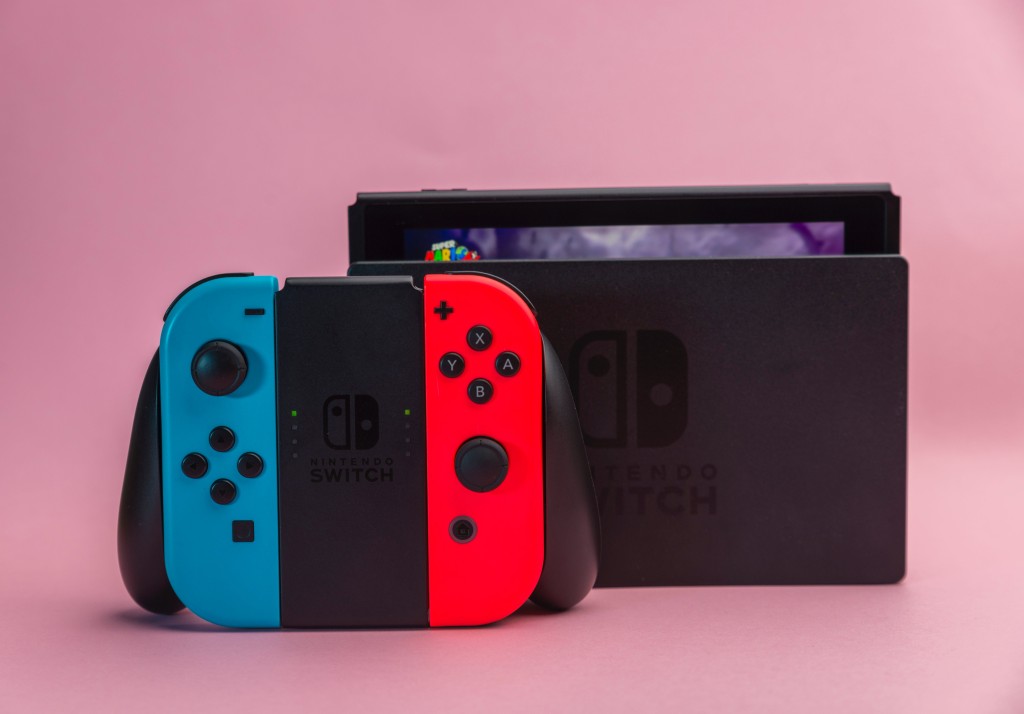
Despite the enhanced gaming experience the Nintendo Switch Dock offers, several instances have been reported where it failed to function as expected, leading to difficulties in connecting to the Nintendo Switch or a TV.
This article aims to explain the potential reasons for these issues and outline their possible causes. Afterwards, we will present a series of fixes and workarounds. It is recommended to follow the solutions in the order provided, as they are arranged from the simplest to the most complex and by their likelihood of resolving the problem.
Note: We recommend backing up all your files and user settings to the cloud as a precaution since your data could be at risk of loss.
Should your Dock fail to power up, press and hold the power button for approximately 30 seconds while the main power is connected.
It is crucial to use only official Nintendo Switch accessories, including power adapters and HDMI cables. Third-party accessories might not meet the specifications required for proper operation and could cause damage to your Nintendo Switch or Dock.
What Causes the Nintendo Switch Dock Not to Work?
After going through several user cases and detailed scenarios, coupled with experiments on our own unit, we compiled a list of potential causes for your Nintendo Switch Dock not operating correctly:
- Nintendo Switch Dock in Error State: The Nintendo Switch Dock, much like any electronic peripheral, can enter an error state where it fails to recognize or connect with your Nintendo Switch or TV. Power cycling often resolves this situation.
- Cables Plugged in the Wrong Order: The sequence in which you connect the cables can affect the Dock’s behavior due to an unintentional bug or an oversight by Nintendo engineers. Making sure cables are plugged in the correct order usually resolves the problem.
- Faulty Dock: There might be instances where the Dock is defective. This can be a common issue even with new consoles. If your Dock is indeed faulty, it should be taken to a Nintendo service center for inspection.
- Insufficient Power from Cable: The Nintendo Switch Dock serves the dual purpose of charging your device and connecting it to a TV, thus requiring enough power to function properly. An insufficient power supply can lead to Dock failure or connection issues.
- HDMI Issues: HDMI connection issues can prevent your Nintendo Switch Dock from connecting to your TV. It is critical to make sure that the HDMI cable is properly connected.
- Power Outlet Requirements: Our analysis revealed that the Nintendo Switch Dock operates optimally when plugged into a dedicated power outlet, likely due to its significant power demands.
- Incorrect Configurations: Incorrectly stored configurations can cause the Dock to malfunction. In such instances, resetting these configurations or performing a hard reset might resolve the issue.
1. Power Cycle the Entire Setup
Before attempting more in-depth technical solutions, try power cycling your entire setup, which involves completely reinitializing your peripherals and resetting their temporary configurations.
This process clears the system’s memory, resets any temporary configurations that may have gone wrong, and allows the device to start fresh upon rebooting. When you power cycle your setup, it can solve connection issues, as devices re-establish communication protocols from square one, potentially resolving any glitches experienced during previous sessions.
- Unplug both the HDMI cable from the Nintendo Switch Dock and the power cable.
- Then, press and hold the power button on the Dock for about 10-15 seconds.

Power Cycling the Entire Setup - Wait for 30-40 seconds. Meanwhile, also power cycle your television and Nintendo Switch.
- After waiting, reconnect everything and switch them on. Attempt to connect the Nintendo Switch to the Dock and check if the issue has been resolved.
2. Insert Cables in the Prescribed Order
The Nintendo Switch Dock firmware may experience an issue if the HDMI is attached to your TV before the Dock itself receives power; this resembles a handshake process between devices that needs to occur in a specific order. By first connecting the power cable to the Dock, you make sure it is energized and ready to establish a stable connection with your TV when you plug in the HDMI cable.
- Unplug every cable from the Nintendo Switch Dock, including the HDMI, power, and the Switch itself.
- Firstly, connect the power cable to the Dock. Look for the LED power indicator to confirm it is receiving power.
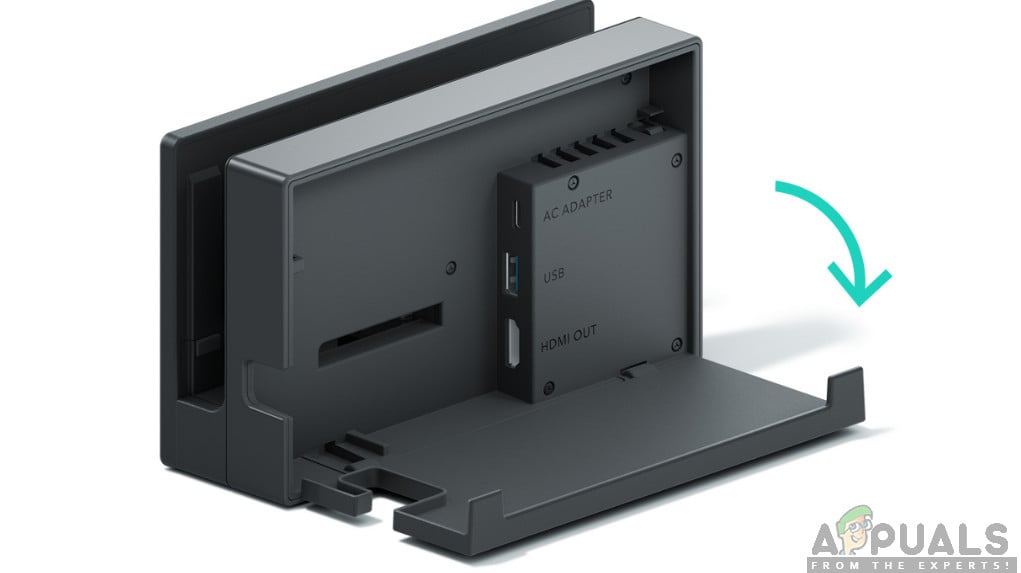
Inserting Cables in Order – Nintendo Switch Dock - Next, attach the HDMI cable (making sure it is already connected to your television and that the correct HDMI input has been selected).
- Finally, dock the Nintendo Switch. If executed correctly, the green light should come on, indicating that HDMI output is active.
3. Check the Power Cable
A stable and sufficient power supply is essential for both charging the Switch and maintaining a reliable connection with your TV. A faulty or substandard cable could lead to intermittent or complete failure of the Dock’s functionality.
By verifying that you’re using the genuine power cable and making sure it’s in good working condition, you eliminate a common source of power-related issues that could be the reason behind your Dock’s problems.
Consider the power cable similar to a Power Supply Unit (PSU) in a computer — an inadequate PSU (i.e., with insufficient wattage) cannot meet the power demands of components such as graphics cards.
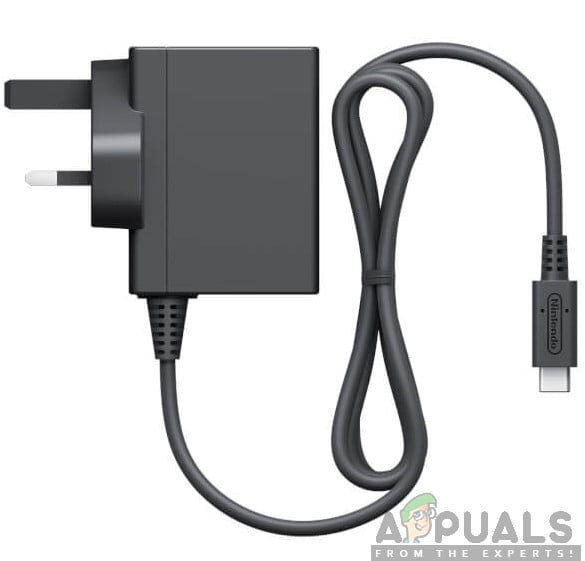
Make sure you are using the original power cable that came with your Nintendo Switch Dock and that it is connected to an independent power outlet. It’s noteworthy that the Dock appears to perform best when it has a dedicated outlet, not shared with other electronic devices.
4. Check Your HDMI Cable
If the Nintendo Switch Dock charges the device but fails to connect to the TV, examine the HDMI cable. This cable is the conduit between the Dock and your TV, and any failures could disrupt the connection.
A fault in the cable—whether it’s damage, a loose connection, or a compatibility issue—can block the video and audio signal, leaving your screen blank. By making sure your HDMI cable is in good condition and properly seated in the ports on both ends, you restore this essential pathway.
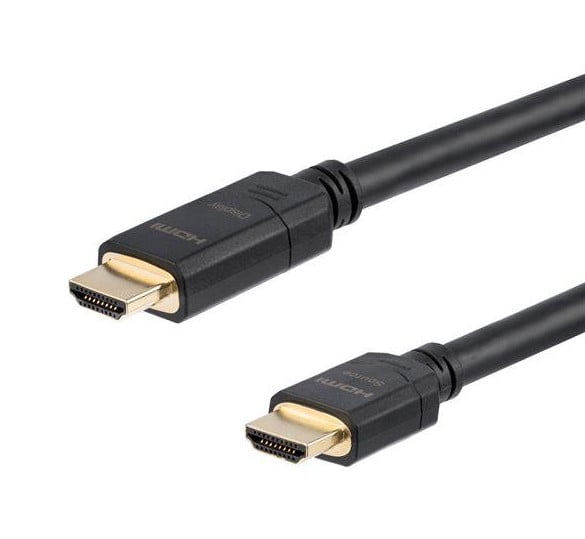
Test your HDMI cable with another device, such as a computer or laptop, to verify its functionality. Make sure the cable is securely attached to the TV. Once confident the cable is operational, proceed with the succeeding solution.
Note: Make sure that you have selected the appropriate HDMI input source on your TV’s settings, as most TVs enable you to choose the input to display. Therefore, confirm the HDMI port in use is the one intended, especially if your TV has more than one HDMI input.
5. Check for a Faulty Dock
Checking for faulty dock eliminates the guesswork and identifies if the issue lies within the Dock itself. If using an alternate, working Dock solves the problem, the original Dock is likely defective and may need repair or replacement.
By confirming this, you can take conclusive action to resolve the problem, either through warranty service or alternative support options. This check can save time and make sure that you are resolving the correct aspect of your gaming setup.
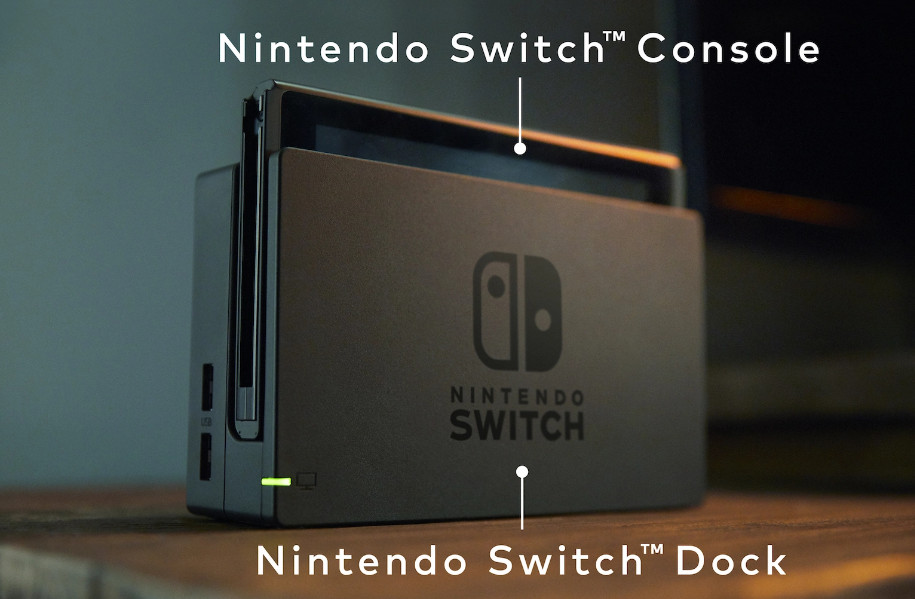
To check for a faulty Dock, try using another Dock with your Nintendo Switch and TV, making sure you follow the cable insertion process mentioned in Solution 2. If this alternate Dock also fails to function with your setup, the problem may be related to your configuration settings. On the other hand, if it operates correctly, your Dock is likely at fault.
Should your Dock be defective, visit a Nintendo customer service center if the warranty coverage is still active. Alternatively, for more immediate aid, consider reaching out to Nintendo’s support website to discuss your specific case with their support team.



